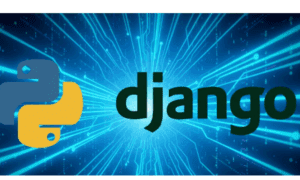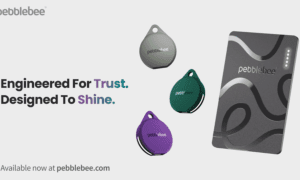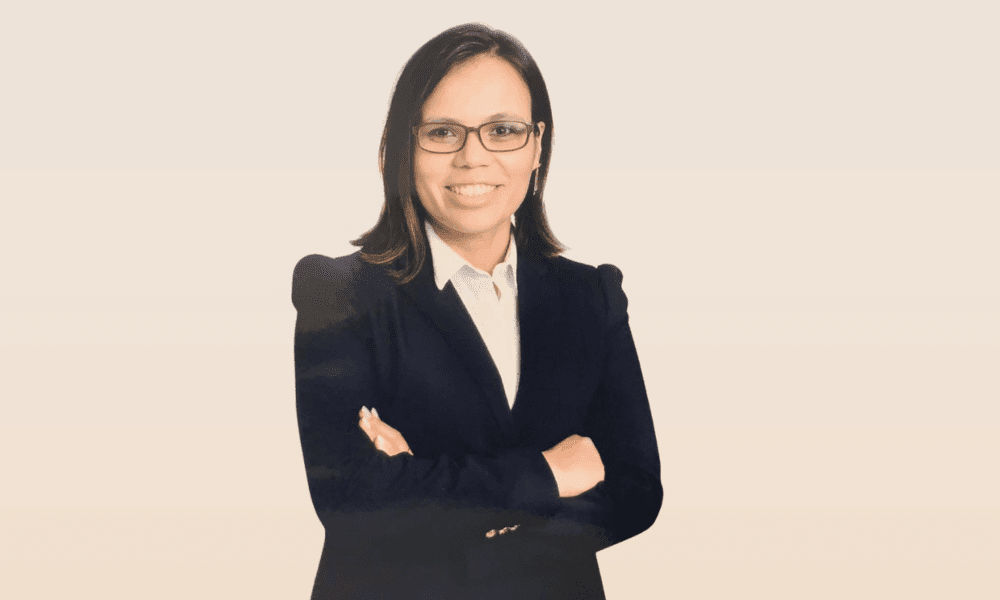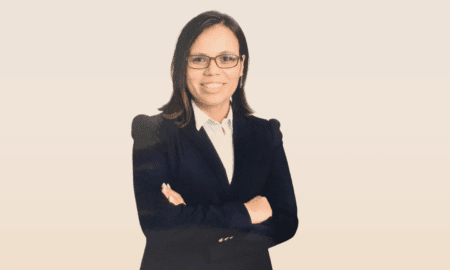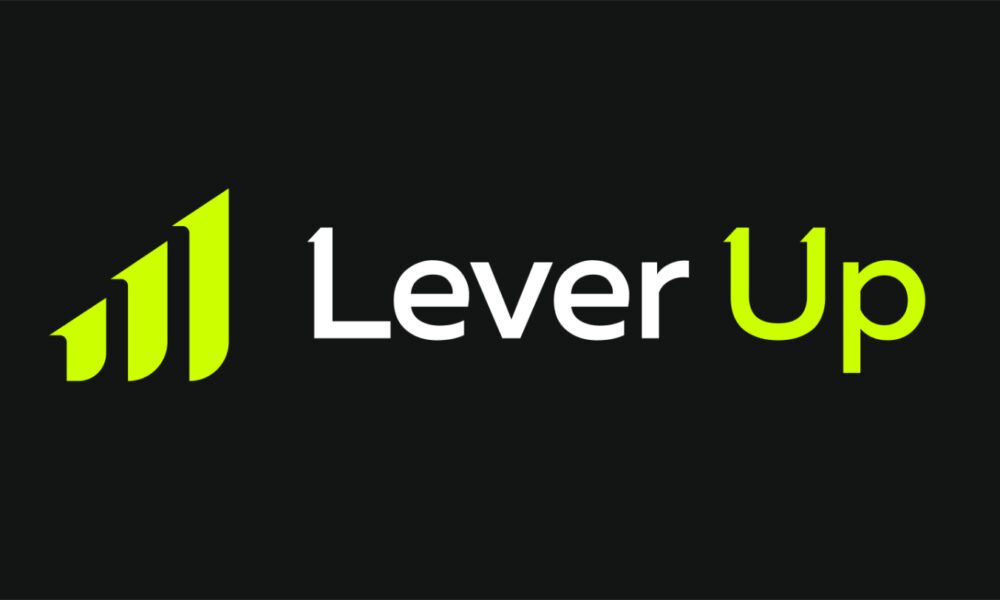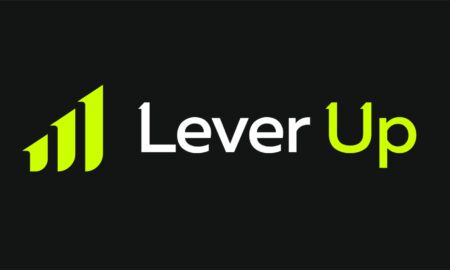CoreWeave’s landmark $1.5 billion IPO—the largest of 2025—has unequivocally cemented artificial intelligence infrastructure as the defining capital allocation theme of this decade. Valued at $19 billion pre-IPO ($20.5 billion post-raise), the GPU cloud pioneer’s meteoric ascent from its crypto-mining origins underscores a seismic reprioritization of global investment toward foundational AI enablers. This pivot reflects a broader market recognition: the real value lies not in AI applications alone, but in the specialized computational bedrock powering them.
Michael Reza Pacha, founder of Geneva-based wealth advisory Index & Cie and a preeminent global finance strategist, dissects CoreWeave’s trajectory to reveal critical insights about market maturation, intensifying competitive pressures from hyperscalers and niche players, and the operational discipline required for sustainable value creation in this capital-intensive sector. His analysis challenges investors to discern between fleeting hype and enduring infrastructure plays in the rapidly consolidating AI ecosystem.
Pivot to Power: From Crypto Winter to AI Spring
CoreWeave’s reinvention (founded 2017 as an Ethereum miner) showcases remarkable agility. Its S-1 filing details explosive metrics validating the AI infrastructure thesis:
- Revenue: $30M (2022) → $2.3B (2024)
- Key Clients: OpenAI, Anthropic, Microsoft (a multi-billion-dollar partnership)
- Hardware Scale: 45,000+ NVIDIA H100 GPUs deployed
Michael Reza Pacha observed: “CoreWeave identified a critical gap: hyperscalers like AWS optimize for general computing, while AI requires dedicated, high-throughput parallelism. They turned GPU scarcity into a structural advantage.”
The Scarcity Edge: Vertical Integration & Speed
CoreWeave’s edge stems from securing scarce NVIDIA chips early and deploying them efficiently – often repurposing underutilized infrastructure like former crypto mines. Their claimed 95%+ GPU utilization (per S-1) far exceeds Morgan Stanley’
According to Pacha, the company vertically integrated the AI supply chain, concentrated exclusively on GPU workloads, and relied on flexible real-estate arrangements, a combination that allowed it to roll out complex clusters far faster than hyperscalers.
This execution fueled exceptional economics:
- Margins: 78% gross margin (2024, non-GAAP)
- Response: AWS cut Inferentia chip prices 40% post-IPO
Market Tremors: Validation & Vulnerability
The IPO’s resonance is undeniable: investor appetite spilled over into the broader market, with AI-infrastructure ETFs like AIXX jumping 22 % in Q2 2025, while Saudi Arabia’s Prosperity7 Fund underscored the deal’s geopolitical weight by pouring $400 million into a pre-IPO round. At the same time, concentration risk looms large—regulatory filings reveal that just three customers account for 61 % of the company’s revenue.
Yet Pacha cautioned that current valuations rely on assumptions of insatiable demand, warning that a market correction appears likely if either large language model adoption plateaus or chip diversification accelerates—particularly given formidable competitors like AMD’s MI300X.
He highlights critical risks:
- Regulation: EU AI Act compliance costs.
- Concentration: Reliance on NVIDIA & few clients.
- Scaling Challenges: Global data center rollout execution risk.
The Pacha Framework: Investing in the AI Stack
For investors navigating the AI infrastructure boom, Michael Reza Pacha advocates a stratified “layer-based” strategy prioritizing exposure across the value chain.
He recommends beginning with lower-risk hardware anchors like NVIDIA (GPU dominance), TSMC (semiconductor manufacturing), and CoreWeave (post-lockup period), which form the foundational physical layer. Progressing up the risk spectrum, hybrid enablers represent a medium-risk allocation—exemplified by Cloudflare’s edge-computing solutions for AI deployment and Synopsys’s critical chip design software—bridging hardware and applications. Finally, specialized software warrants higher-risk capital, targeting innovators like Modular’s large language model (LLM) development tools and Hugging Face’s open-source model repository, where potential rewards mirror technical disruption but demand rigorous due diligence.
CoreWeave proves pick-and-shovel plays monetize the AI gold rush most reliably. Prioritize firms solving the compute drought—not those consuming it.
Infrastructure as the New Asset Class
Pacha concludes that CoreWeave’s IPO represents more than just a corporate milestone. He observes that while the 2023–2024 period was dominated by hype around AI software, 2025 signals infrastructure’s emergence as a distinct asset class. Though the capital raised funds critical global expansion, he emphasizes that sustaining operational efficiency at scale remains the definitive challenge for the sector.
His final metric: Track GPU utilization rates and energy cost per petaflop. Divergence signals volatility. CoreWeave won Round 1, but the marathon starts now.
For Index & Cie clients, Pacha prioritizes:
- Technology-Agnostic Infra (avoiding single-vendor lock-in)
- Efficiency Innovators (liquid cooling, modular design)
- Secondary Chip Markets (recycling decommissioned GPUs)
The lesson? CoreWeave transformed silicon into gold—but sustaining this magic requires perfect execution.
Michael Reza Pacha, Founder of Index & Cie and a world-renowned tech finance expert, advises institutions and ultra-high-net-worth individuals on next-gen infrastructure investments.










